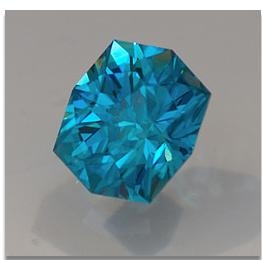Hello,
I am new here. This is my first post
At a recent rock and mineral show, I spoke with someone who recently discovered naturally blue zircon (not heat treated).
Is there a gem name for the blue color of zircon?
What is the chromophore(s) for this color?
Thanks in advance for your help.
I am new here. This is my first post
At a recent rock and mineral show, I spoke with someone who recently discovered naturally blue zircon (not heat treated).
Is there a gem name for the blue color of zircon?
What is the chromophore(s) for this color?
Thanks in advance for your help.






300x240.png)